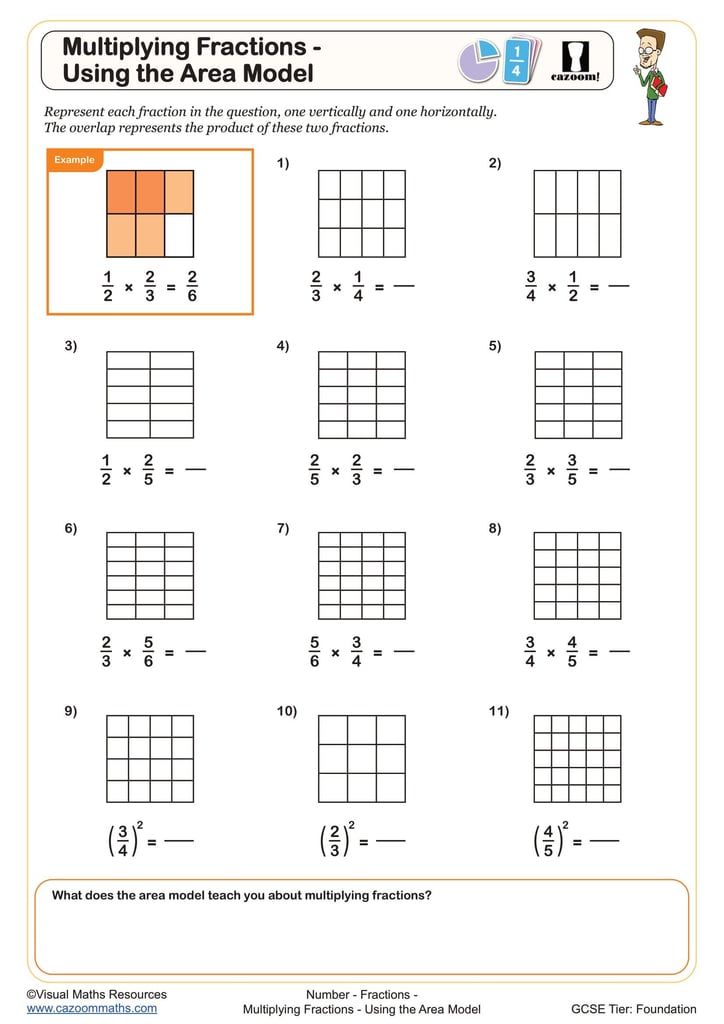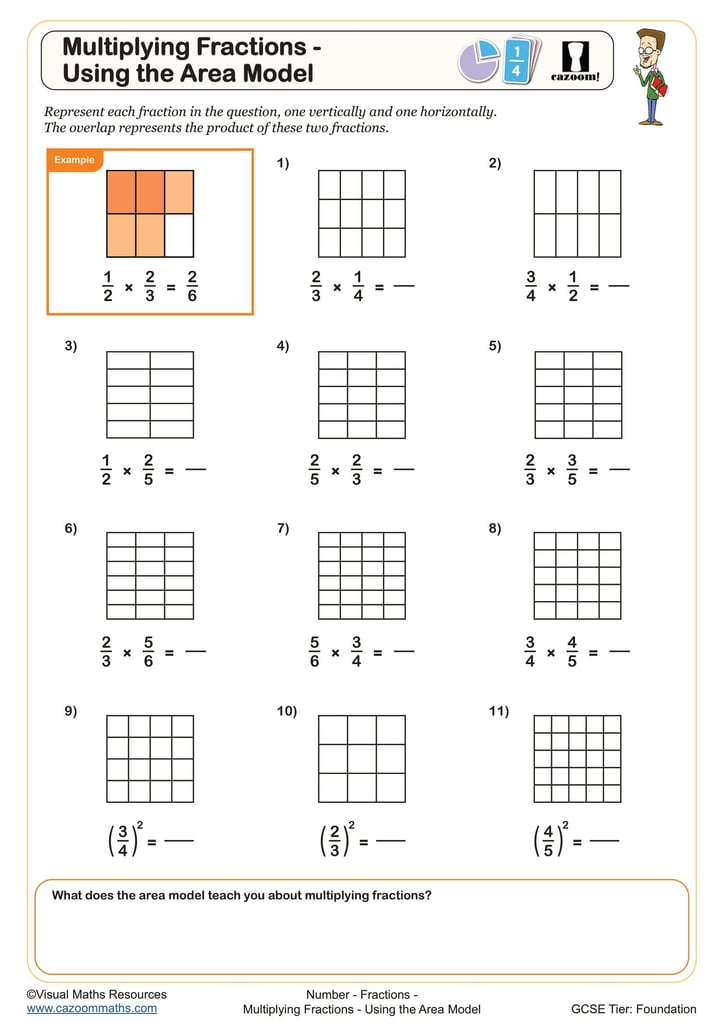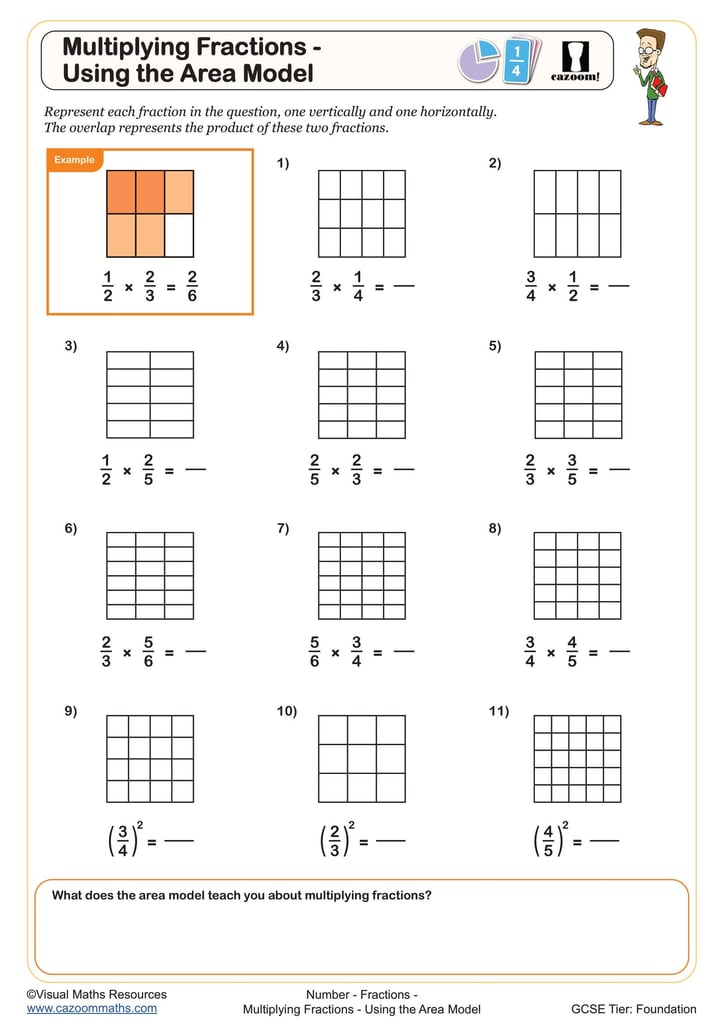Percentage Decrease – Using a Bar Model

Bar models provide an excellent visual tool for understanding percentages and help bridge the gap between concrete, pictorial, and abstract concepts. Throughout this worksheet, learners will decrease amounts by given percentages with the help of bar models. In questions 1 – 7, bar models are already drawn for pupils. We have added extra scaffolding as […]
Percentage Increase – Using a Bar Model

Bar models provide an excellent visual tool for understanding percentages and help bridge the gap between concrete, pictorial, and abstract concepts. Throughout this worksheet, learners will increase amounts by given percentages with the help of bar models. In questions 1 – 7, bar models are already drawn for pupils. We have added extra scaffolding as […]
Compound Interest – Problem Solving

If your students can calculate amounts using compound and simple interest and are confident comparing the two, then they are ready for our series of compound interest problem solving questions. This worksheet will see pupils working over three different sections to find the time period, the initial investment or the interest rate applied. Each section […]
Interest Comparisons

Students have the opportunity to calculate and compare simple and compound interest throughout this worksheet; it begins by providing formulae that can be used to calculate both, a good opportunity to discuss their similarities and differences with your class or individual. In section A, pupils are asked to show which type of interest gives the […]
Solving Equations with Unknowns on Both Sides – Using Algebra Tiles

Algebra tiles can enhance understanding and proficiency in algebra; making abstract concepts more accessible and encouraging a deeper understanding of algebra. Throughout this worksheet, students will use algebra tiles to solve equations with unknowns on both sides. Section A consists of an example and 7 minimally different questions. Algebra tiles are already shown for each […]
Solving Two Step Equations with Algebra Tiles

Algebra tiles can enhance understanding and proficiency in algebra; making abstract concepts more accessible and encouraging a deeper understanding of algebra. Here students will use algebra tiles to solve two step linear equations. The worksheet begins with an introduction in representing equations using algebra tiles before students go on to solve 11 different linear equations […]
Solving One Step Equations with Algebra Tiles

Algebra tiles can enhance understanding and proficiency in algebra; making abstract concepts more accessible and encouraging a deeper understanding of algebra. Here students will use algebra tiles to solve one step linear equations. The worksheet begins with an introduction in representing equations using algebra tiles before students go on to solve 17 different linear equations […]
Multiplying Fractions – Using the Area Model

Using the area model to multiply fractions is a visual and intuitive method that helps students understand the concept of fraction multiplication. This method involves drawing a rectangle to represent the whole and then dividing it into smaller parts vertically and horizontally to represent the fractions being multiplied. The worksheet begins with an example which […]
Multiplying Unit Fractions – Using the Area Model

Using the area model to multiply fractions is a visual and intuitive method that helps students understand the concept of fraction multiplication. This method involves drawing a rectangle to represent the whole and then dividing it into smaller parts vertically and horizontally to represent the fractions being multiplied. Section A and B begin with an […]
Speed, Distance, Time – Multi Stage Journeys

This worksheet on multi-stage speed, distance and time problems guides students to use a reliable method in order to comprehend the problems they are faced with and separate the journey in order to extract the key information provided. There are eight questions to answer using varying units of time and distance and with different information […]
Nets of a Cube

Pupils will identify, sketch and make accurate drawings of nets of cubes throughout this worksheet. In Section A, students are given 10 different images and are asked to identify which are nets of cubes. Next, in section B, learners will sketch and draw nets of cubes. They are given a part net of a cube, […]
Percentages of Amounts – Using a Bar Model (A)

Introduce your pupils to using bar models in order to calculate percentages of amounts with this worksheet. Bar models provide an excellent visual tool for understanding percentages and help bridge the gap between concrete, pictorial, and abstract concepts. In Section A, learners are asked to shade given percentages on six different bar models. This is […]
